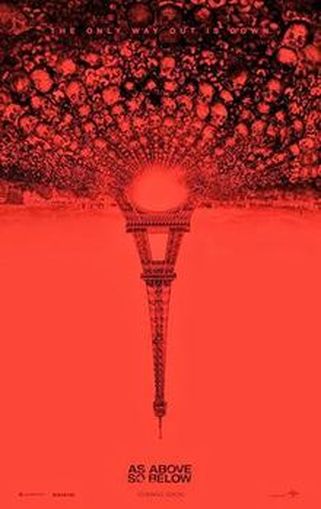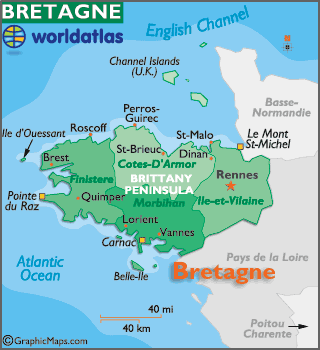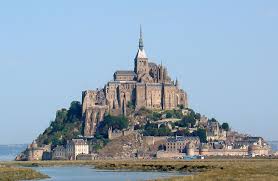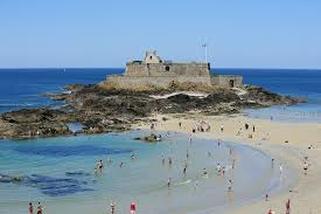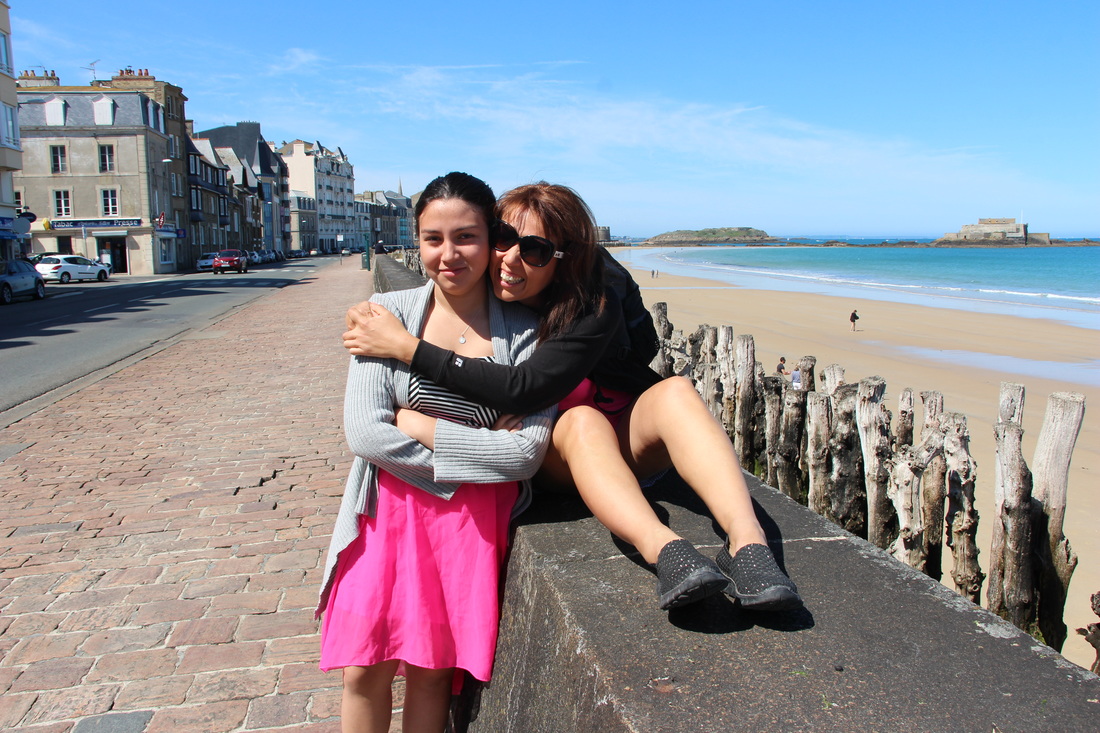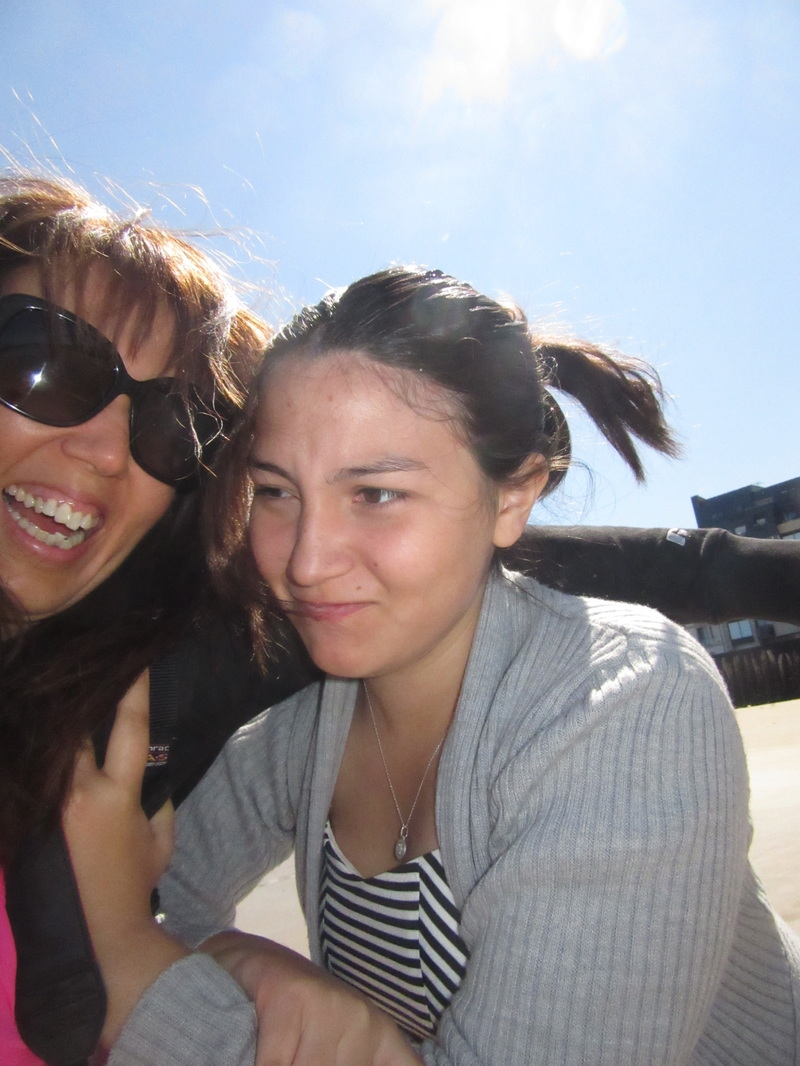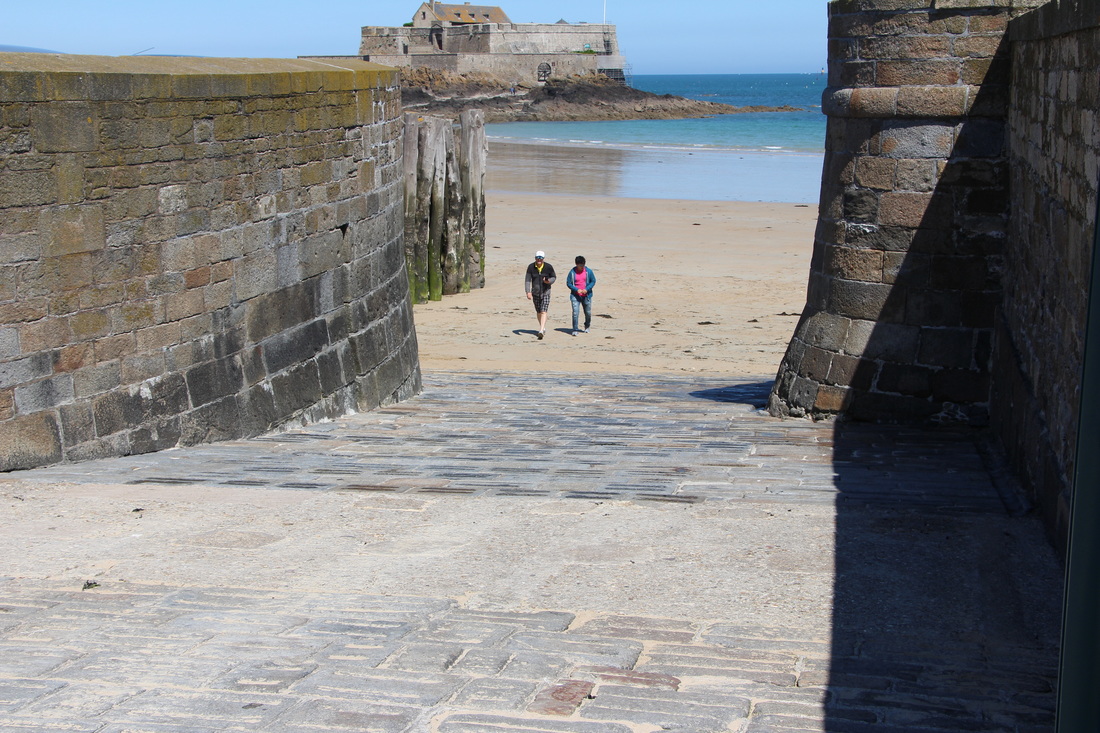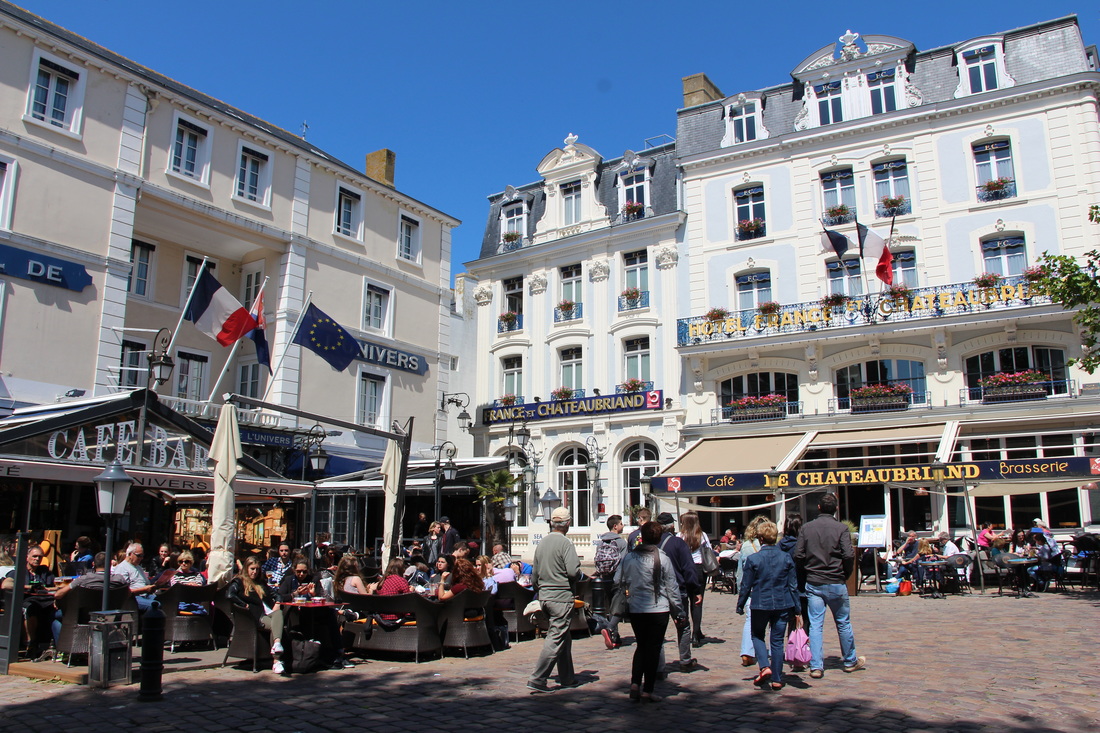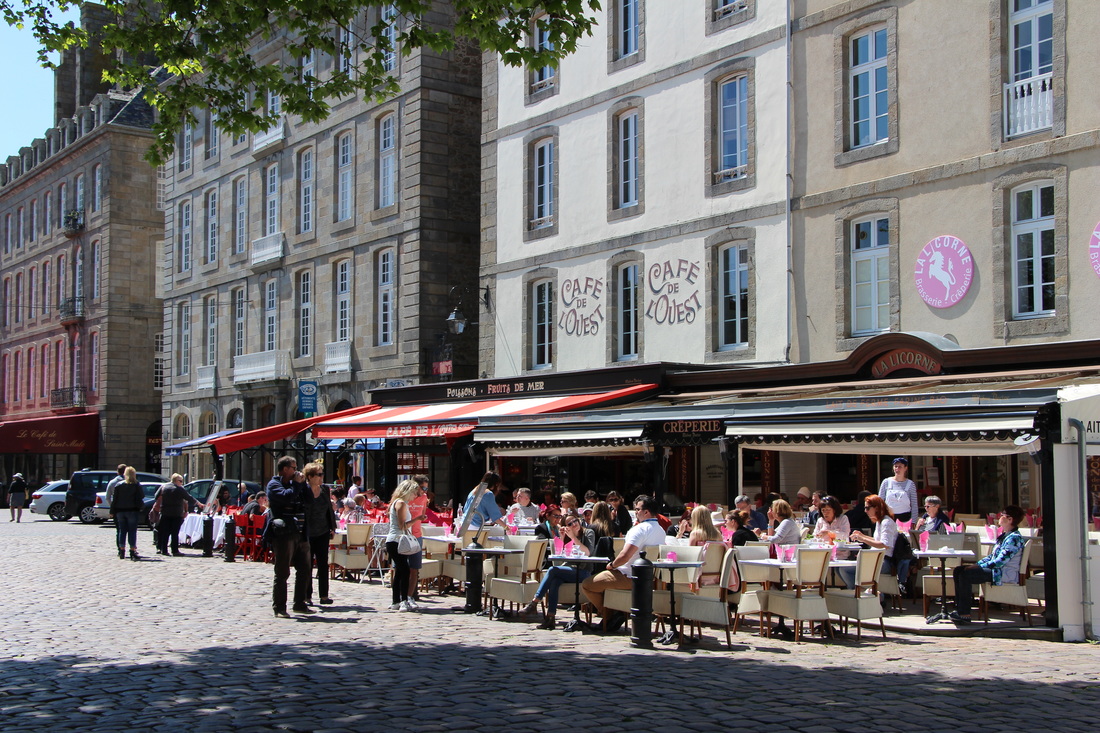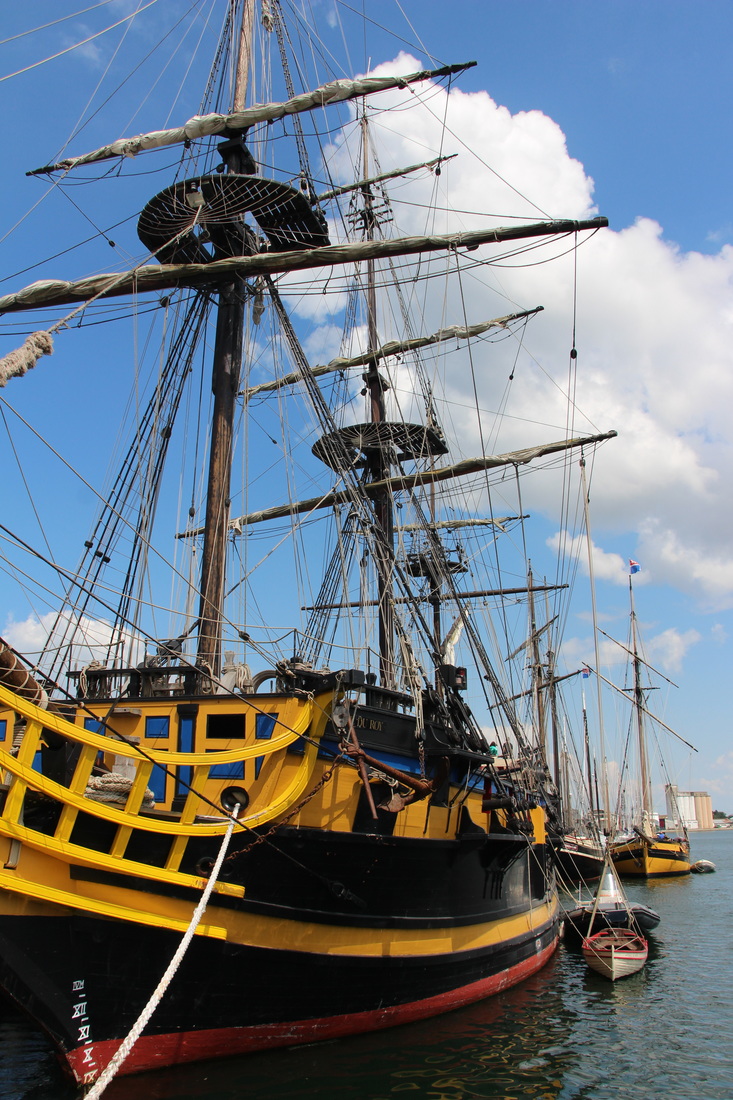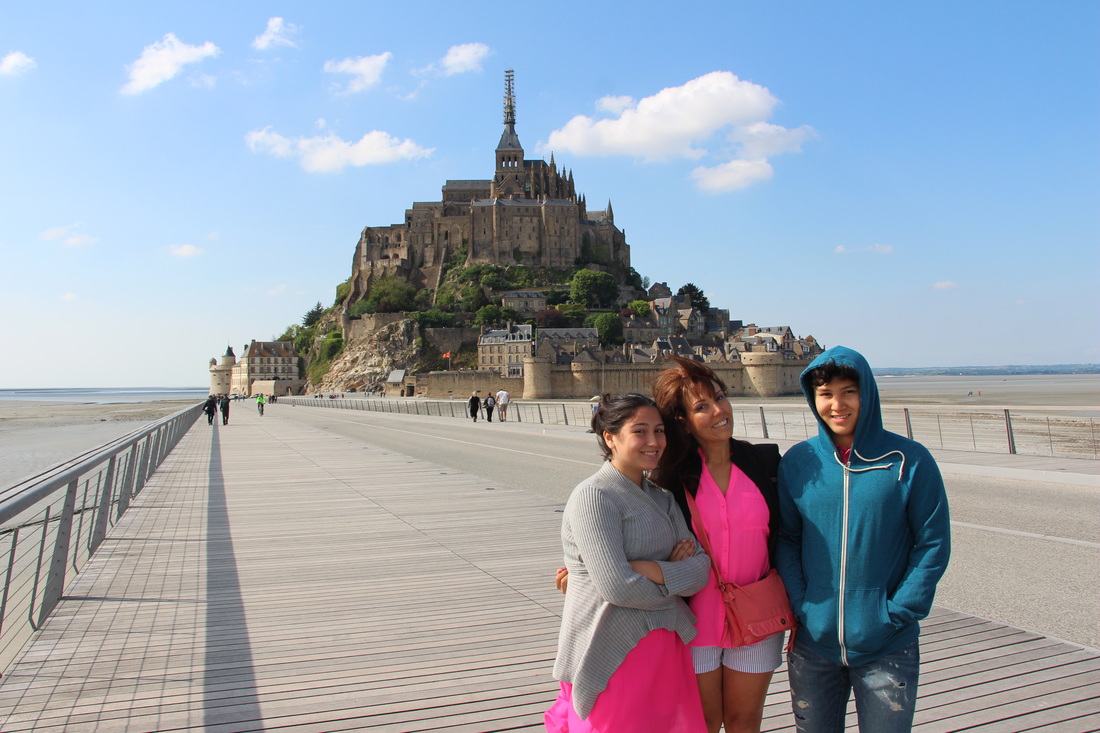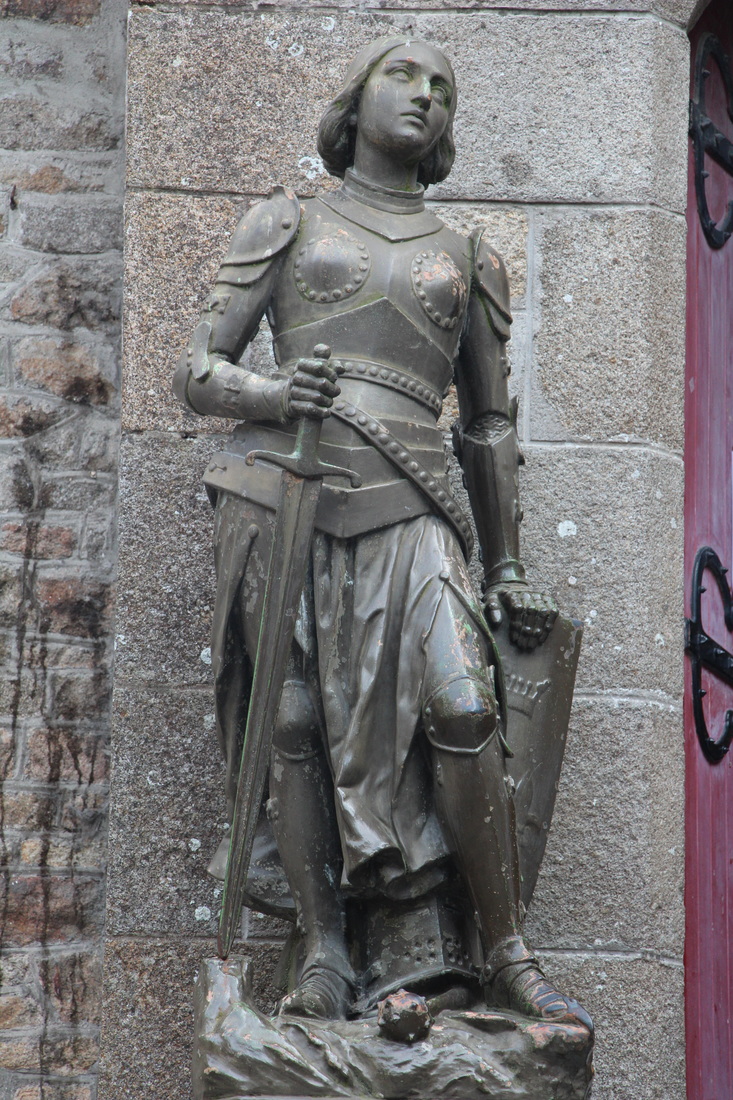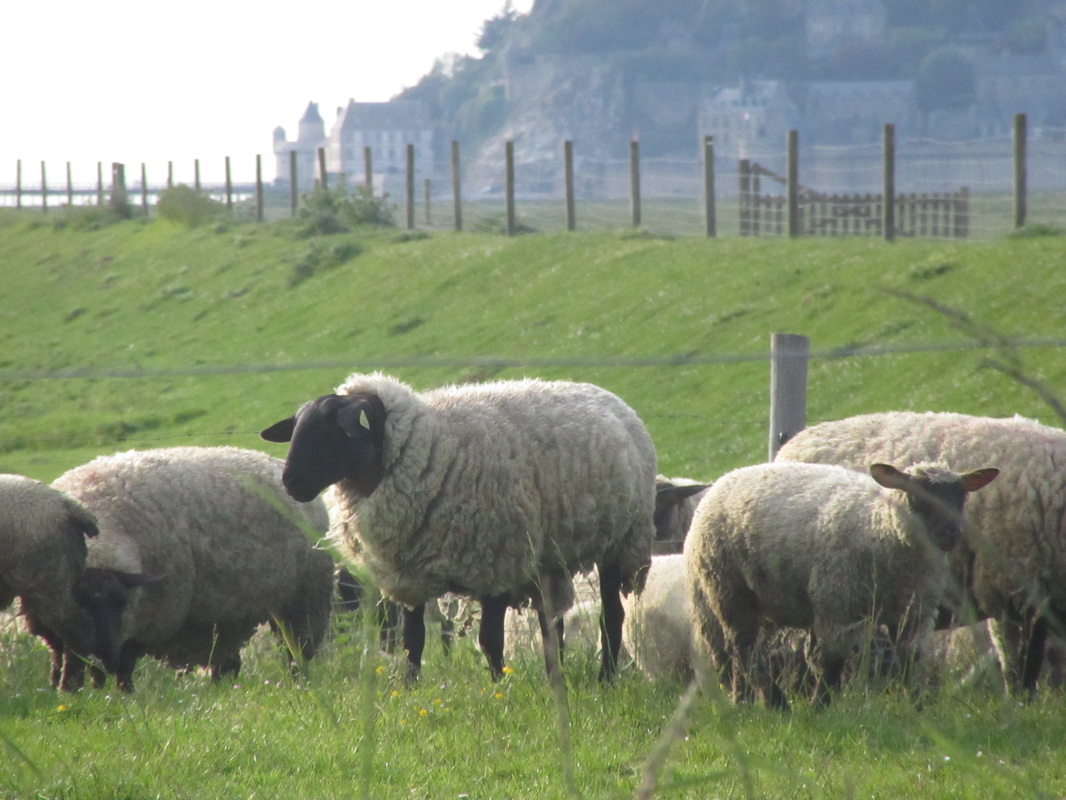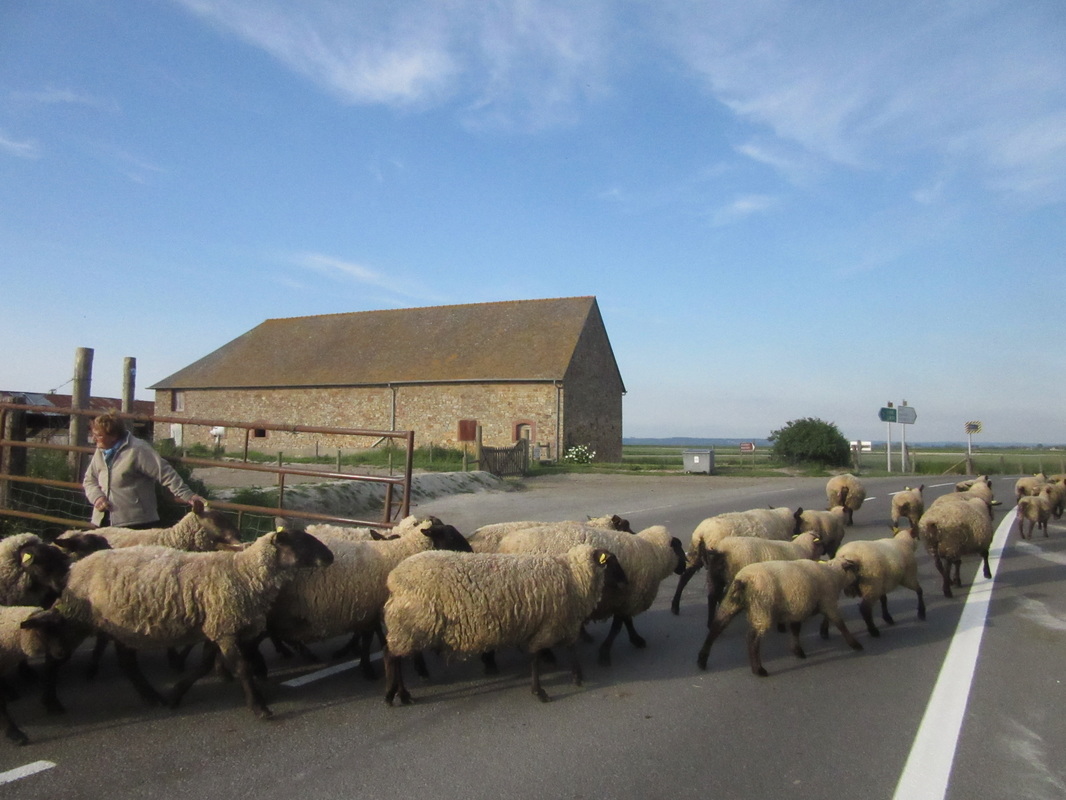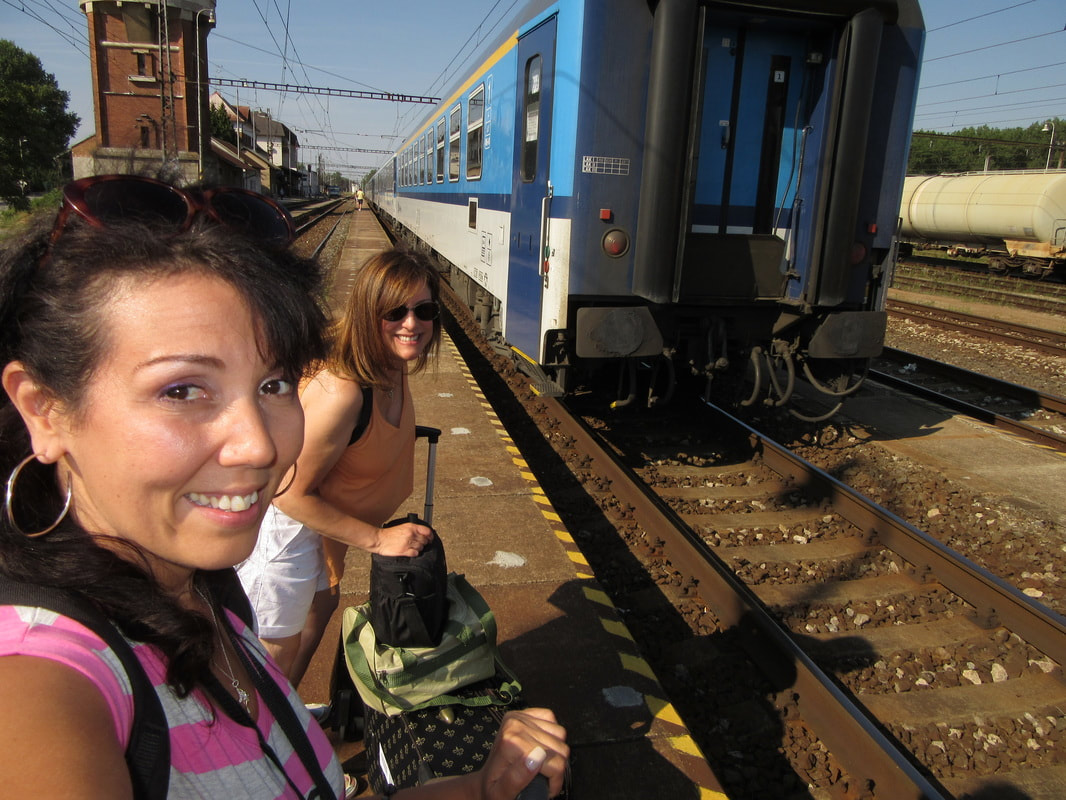Elisa's Daily Scoop HAPPY HUMP DAY!!! So, a quick little story about my evening last night - I was channel surfing the movie channels and I came across this movie called "As Above, So Below". It looked cheesy, but I couldn't stop watching it. It was about an archaeologist who has been on a life-long search for Flamel's Philosopher's Stone, which according to legend can grant eternal life and turn any metal into gold. But it is buried deep in the Catacombs in Paris. It was eery and scary and made me terribly claustrophobic!!! Don't ask me why I kept watching, but I couldn't stop. The film's description says "as the team make their descent they enter their own personal hell." So, honestly, this did not sound like the type of movie I should be watching...but I kept watching! The archaeologist in the movie was fearless and a bit looney since she was unafraid of all these strange occurrences. Although it is a thriler/horror, the ending actually resolves like a fairly normal movie. lol. | Tanya's Daily Scoop |
| Kind of ironic that this movie taking place in Paris was one I found while Tanya is traveling throughout France. Enough of my creepy movie experience! Tanya traveled around Saint Malo and Mont St. Michel yesterday, her fifth day in France. While you enjoy the lovely re-cap of her traveling journey, let me inspire you with some interesting facts about these two lovely French cities. 16 Facts About Mont-Saint-Michel 1. Mont-Saint-Michel is an island commune in Normandy, France. Located about one kilometre off the country's northwestern coast it is located at the mouth of the Couesnon River near Avranches. 2. It is 247 acres in size. 3. Mont Saint-Michel and its bay were added to the UNESCO list of World Heritage Sites in 1979, and it was listed with criteria such as cultural, historical, and architectural significance, as well as human-created and natural beauty. 4. Mont Saint-Michel belongs to the Organization of World Heritage Cities. 5. The island has held strategic fortifications since ancient times and since the 8th century AD has been the seat of the monastery from which it draws its name. 6. Its unique position — on an island just 600 metres from land — made it accessible at low tide to the many pilgrims to its abbey, but defensible as an incoming tide stranded, drove off, or drowned would-be assailant. 7. The original site was founded by an Irish hermit who gathered a following from the local community. 8. Mont Saint-Michel was used in the sixth and seventh centuries as an Armorican stronghold of Gallo-Roman culture and power until it was ransacked by the Franks, which ended the trans-channel culture that had stood since the departure of the Romans in 460. 9. Before the construction of the first monastic establishment in the 8th century, the island was called Mont Tombe. 10. According to legend, the archangel Michael appeared in 708 to Aubert of Avranches, the bishop of Avranches, and instructed him to build a church on the rocky islet. Aubert repeatedly ignored the angel's instruction until Michael burned a hole in the bishop's skull with his finger. 11. In the 11th century, William of Volpiano, the Italian architect who had built Fécamp Abbey in Normandy, was chosen by Richard II, Duke of Normandy, to be the building contractor. 12. Since 2001, a community of monks and nuns of the Monastic Fraternities of Jerusalem, sent from the mother-house of Saint-Gervais in Paris, have been living as a community on Mont St Michel, having replaced the Benedictine monks who returned to the Mount in 1966. 13. Tourism is the main and even almost unique source of income of the commune. 14. There are about fifty shops for 3 million tourists annually. 15. Over 60 buildings within the commune are protected in France as monuments histories. 16. Mont Saint-Michel is made of leucogranite, which solidified from an underground intrusion of molten magma about 525 million years ago, during the Cambrian period, as one of the younger parts of the Mancellian granitic batholith. 16 Facts About Saint Malo 1. Saint-Malo is a walled port city in Brittany in northwestern France on the English Channel. 2. Tall granite walls surround the old town, which was once a stronghold for privateers (pirates approved by the king). 3. The Saint-Malo Cathedral, in the center of the old town, is built in Romanesque and Gothic styles and features stained-glass windows depicting city history. 4. The population of the commune more than doubled in 1968 with the merging of three communes: Saint-Malo, Saint-Servan and Paramé. 5. Inhabitants of Saint-Malo are called Malouins in French. 6. Saint-Malo during the Middle Ages was a fortified island at the mouth of the Rance River, controlling not only the estuary but the open sea beyond. 7. Modern Saint-Malo traces its origins to a monastic settlement founded by Saint Aaron and Saint Brendan early in the sixth century. 8. Its name is derived from a man said to have been a follower of Brendan, Saint Malo or Maclou. 9. In World War II, during fighting in late August and early September 1944, the historic walled city of Saint-Malo was almost totally destroyed by American shelling and bombing as well as British naval gunfire.[3][4] Saint-Malo was rebuilt over a 12-year period from 1948-1960. 10. Saint-Malo has one of the highest concentration of restaurants in Europe. 11. Saint-Malo has a terminal for ferry services with daily departures to Portsmouth operated by Brittany Ferries and services on most days Poole and Weymouth in England via the Channel Islands operated by Condor Ferries. 12. It is famous for its oysters from the nearby town of Cancale. 13. Much of the action in Anthony Doerr's 2014 award-winning novel, All the Light We Cannot See, occurs in Saint-Malo. 14. The citadel, also known as the Old Town or Intra-Muros ("within the walls"), was originally built on a rocky island at the mouth of the Rance estuary. This strategic position allowed control of both the sea and any trade heading into the interior of Brittany. 15. St-Malo's surrounding Emerald Coast offers some of the most traditional seaside resorts, with pleasant sandy beaches, in this part of France. 16. Today, St-Malo is considered by many to be the most attractive channel port in France and its cobbled streets are brimming with hotels, restaurants, bars and shops. Well, my dear friends, I'm off to start my day!! See ya'll back here tomorrow! -E xoxo | I will be adding the captions/loctaions to the pictures just as soon as possible. My schedule is pretty tight (go figure) and it doesn't leave me with much time to write and upload pics. I promise that I will organize everything and add plenty of info and detail to each page. Right now these are almost rough drafts - but being that I want to share with you in as close to LIVE time as possible - this is how it goes. I thank you for your visit and I sure do hope that you've been enjoying viewing the photos almost as much as I have been enjoying taking them! Okaaaay guess what time it is?? Time to go sightseeing :) I'll catch ya back here tomorrow, -T |

